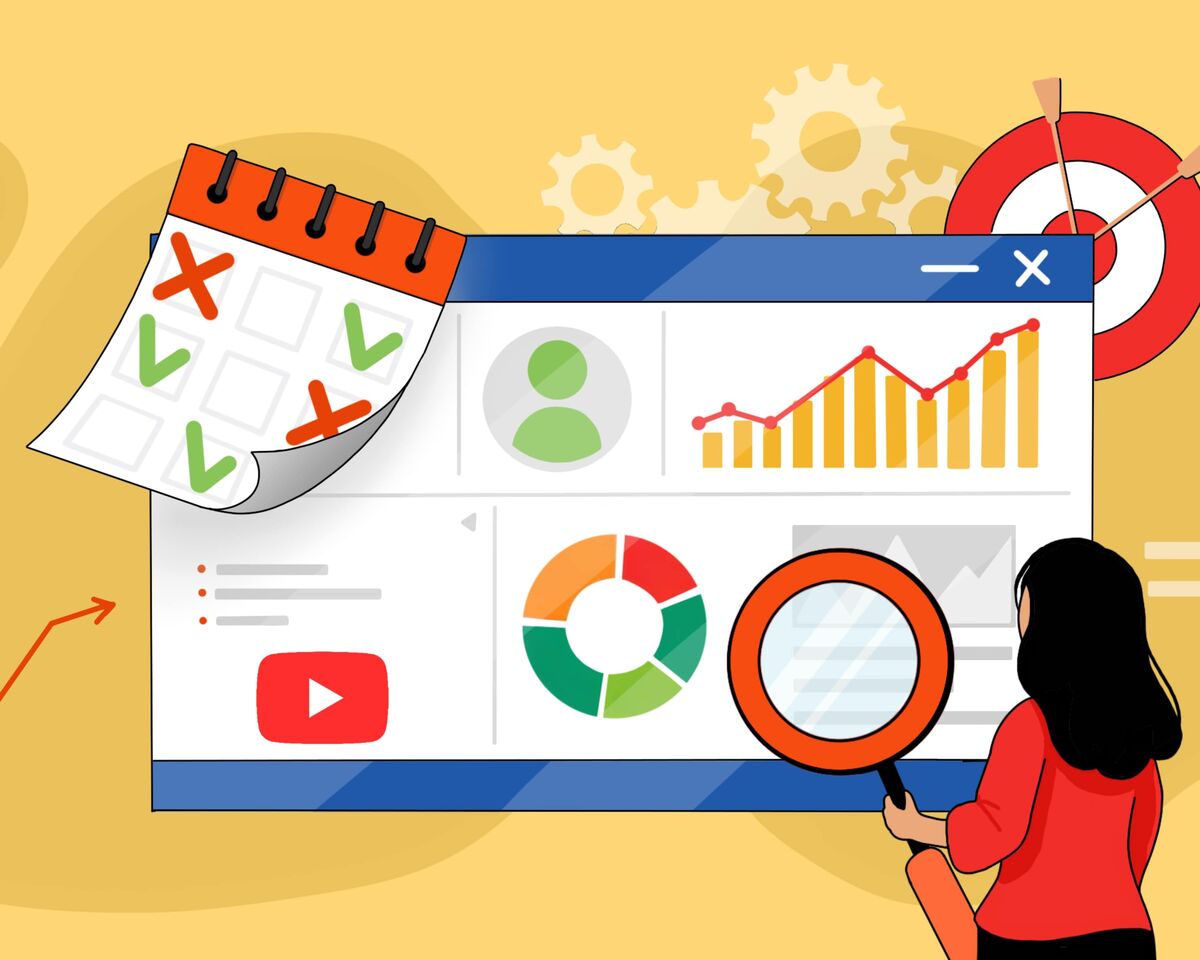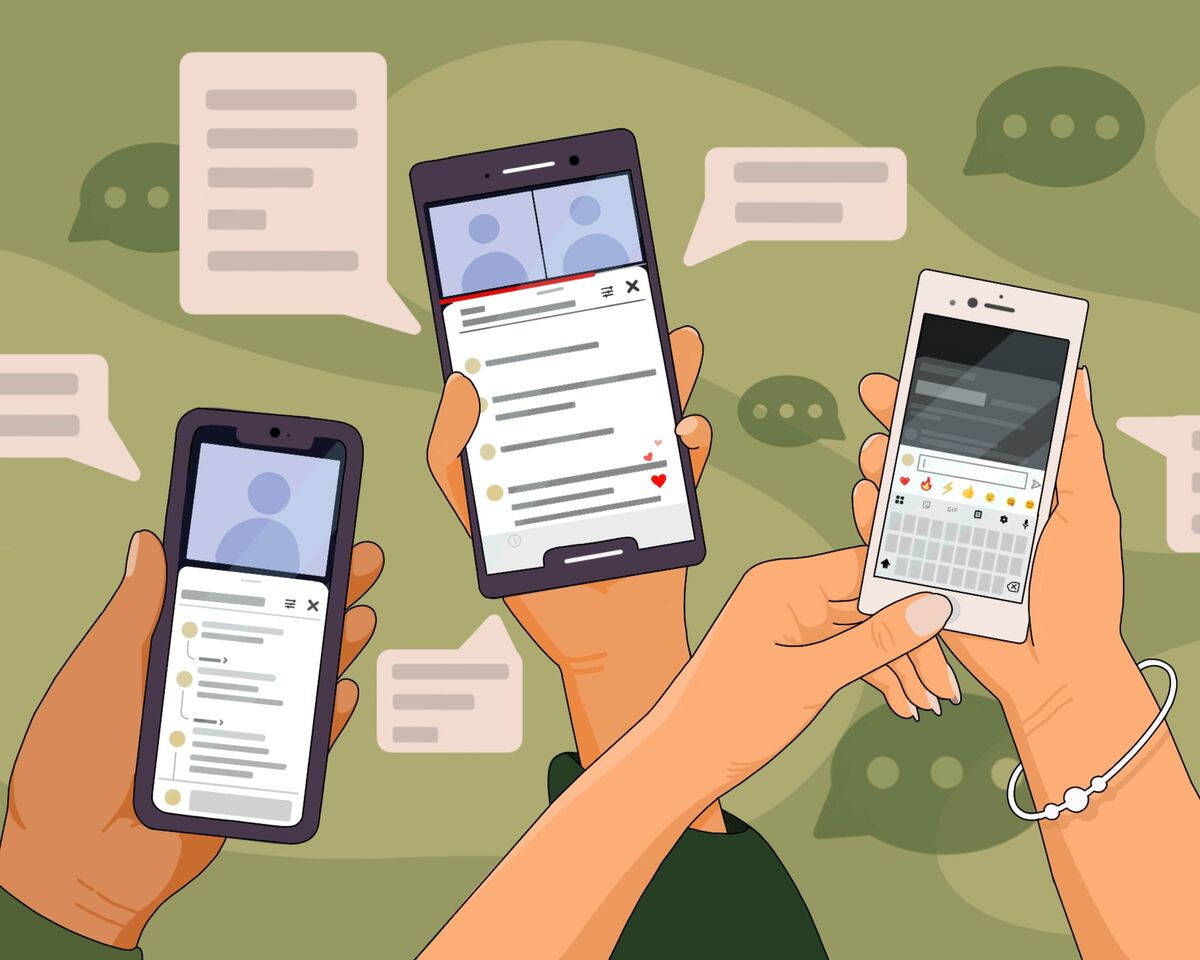5 YouTube Rules to Help You Capture the Hearts of Your Audience

How does the viewer feel about his or her job? Why is it that someone on YouTube is liked while another is attacked with nasty comments or criticism? The preceding questions are worth exploring if you want to produce great content . Mastering the five key rules outlined in this article, you will be able to communicate with your audience and become a more appealing creator to them. Many vloggers who build channels on YouTube’s platform follow this logic: "I'll do what I want, and the audience will find me." This may not be the best mindset to have. We creators must initially do what we enjoy because we will be doing it for a long time. Yes, some of your loyal viewers will find you, but if you want to grow on the platform, earn money, and achieve recognition, you must follow the YouTube rules of the game. Your channel should represent your brand, just like any other retailer or service provider so you must understand who your buyer is, and adapt to their needs. It is also important to consider the restrictions of the site where you market your brand. The main goal is to connect with the correct audience and build a community around yourself and your channel's content.
Rule 1: you should know your viewer
You need to know who you are creating your content for, your target market. How can you hope for "people’s adoration" if you do not understand your audience, their problems, or their moods? And although this seems obvious, many creators ignore it, wondering later why their videos are not viewed by anyone.
To understand how important it is to know your audience, let’s take a brief look at how YouTube’s algorithms are arranged.
The algorithms of the platform, when making recommendations for each individual viewer, use the history of their viewing and searching habits, as well as many other signals that create typical profiles of people—portraits of the viewer. It turns out that the algorithms themselves rely on the profile of the audience when searching for a suitable video for viewers.
YouTube will analyze your metadata, content, and visuals, they will determine what type of audience your topic belongs to and select a first trial category of viewers from that topic. Everything sounds pretty straightforward, but why does the platform not reach our target audience very often? There may be two reasons here.
- You may have organized the video incorrectly or included confusing metadata, causing the platform to be unsure of who to show your videos to. So the algorithm will merely test a random audience subset in a massive niche where your channel may fit. Unfortunately, YouTube will almost certainly not be able to accurately place your videos into the appropriate categories you would want.
Consider the following: in the niche of education there are many topics and audience ages. You have history, mathematics, literature, preschoolers, schoolchildren, students, etc. And if you do not clearly define your data for YouTube, then there is a great chance of being misplaced.
- Second, YouTube has determined your video correctly and recommended it to an audience that is engaged, for example, in a garden, but more viewers are interested in flowers rather than vegetables. As a result, the audience did not watch your content—they are not interested in your vegetables; they want to know about flowers. And again, note that it is probably still a result of a failure to clearly define your audience. You did not explain to YouTube that you want an audience that is looking for content about vegetables, not just all the viewers loosely interested in gardens.
That is why it is so important to start with narrow topics. You can also expand on themes, and YouTube itself will recommend you to a wider range of people in the presence of a large number of positive signals. However, at first, the hosting will only reach a small circle of potential viewers. But if you employ these tactics, you can teach the algorithm to recommend your videos to a desired audience.
Keep in mind that if YouTube can’t find your audience, it will stop trying. After several attempts to find potential viewers, the algo will just stop showcasing your content. But if it finds your audience, it will, on the contrary, expand your videos reach.
One small note here: don’t laser in so much that the subject of the channel becomes too narrow and there are not enough potential viewers.
How to make a portrait of the audience and identify which audiences will watch you
- To begin with, use the simplest and most accessible data: determine the demographics of the viewer, such as their average age, gender, location, and other relevant factors.
- Based on this information, it is easier to understand what story is behind your typical viewer. For example, if your audience consists mostly of women from your state capital, they may be interested in one thing, while retirees from rural areas may have different interests.
- Once you understand who your viewers are, their backgrounds, and their typical daily routines, keep in mind that they are looking for a transformative experience. To determine what that might be, you need to assess the problems they may be facing.
- You can use a range of tools, from the Google search bar to vidIQ, to gather insights about your audience. Additionally, you can study psychology to gain a better understanding of personality archetypes.
Rule 2: Consider the realities of the free online platform.
First and foremost, your personal value, the value of your content to your viewers, and the value of a specific video to a specific viewer should be at the forefront.
It seems easy: just provide something useful and present it to the right audience. But in practice, it is much more difficult, especially on a free platform.
When potential viewers visit offline, they come specifically to see you and with a specific purpose. Even if they did not pay for entry, they still spent time on the road and planned the event. On YouTube, viewers stumble upon creators randomly and, of course, will not be predisposed to them right away.
Unfortunately, the value of the content is greatly reduced: what is given for free is less appreciated. And it can be watched again at any time. For this reason, many creators get stuck due to negative comments. It seems that they come to the platform, build up their audience over the years, bit by bit, and still do it for free. And they get negativity in the guise of "constructive feedback", which they have to learn to deal with. The online world is like that, and people's boundaries are blurred.
Also, offline, you can interact with an audience instantly and dictate your own rules to them: turn off your phone, do not get distracted, complete this task. This is not possible online. Here, the viewer has no concentrated attention and too many factors that can distract them, so it is important to make engaging introductions. You indicate to the audience the value of watching and the problem you will help your viewers solve. It is important to make dynamic and interesting content that viewers simply won't want to tear themselves away from.
Try to remind viewers of their goal throughout your video, as well as in the channel description, header, and thumbnails. Then the value will always be at the forefront.
Rule 3: The content creator is a thought leader and a brand
An important question that you should constantly ask yourself is: Why should viewers listen to me and follow me? This determines the value of your vlog as well as the format of your channel and videos. But how does the concept of personal branding apply to you, a private content creator? Because... you are the personal brand! Everything that makes you up: your values, your views, your face, your appearance, your name.
A personal brand is a public image of a person built on certain values, principles, and skills with the aim of promoting their business, themselves as specialists, or products and services of other companies.
On YouTube, creators "sell" themselves to the viewer. Do not consider this formulation from a moral point of view. This is a simple and understandable example of market relations, where YouTube is a trading platform, the viewer is a buyer who is in search of what will be interesting and useful to them, and your content is a product.
Start with something simple: make a list of reasons why people will need your channel. For example, the Prodvigate channel helps beginners to grow on YouTube. We talk about important nuances of the platform, rules, and algorithmic work.
To attract more audience and strengthen your influence, tell them a personal story. The psychology of such a story is built on the following chain:
Consent. Here you illustrate who you are. For example, you are a professional actor who tells people how to become actors and helps develop public speaking skills.
Contradiction. This is what viewers may feel because of your vlog. "Why am I not an actor yet?" "What is stopping me from becoming an actor?" "How can I achieve what I want?"
Consequence. Once again, it's your turn: how will you help your viewers achieve what they want? Demonstrate your unique abilities and experience, share case studies that will help the viewer understand: yes, you really can be helpful and pass on your methodology.
This is a very rough and simplified situation, but it works. Viewers must feel your authority, desire to achieve what you have achieved, and see that you will help them through this process faster and easier.
A thought leader is someone who provides the audience with the value they are looking for. At the same time, the value reflects the creator themself.
Rule 4: You should know more than your audience.
If you think that without a doctorate degree you have no right to start a YouTube channel, you couldn't be more wrong. The reality is much simpler: if you have decent knowledge of cars, you are already an expert to those who know nothing about them.
However, constant growth and self-improvement are an integral part of working on your content and channel. Sooner or later, your audience will grow and want more from you. Therefore, if you plan to talk about something, you should know much more than just basic knowledge.
You should immerse yourself in the topic you plan to cover on your channel on a daily basis, to be relevant and stay one step ahead of your audience.
At the same time, you should maintain a balance and not overload your viewers with complex terms. The more complex your communication, the less people want to watch you. They will think that you regularly show superiority over them, which is quite different from authority or expertise.
Therefore, simplify the language of your videos. Viewers come to YouTube to get information, not to overload their brains and become even more confused. Speaking simply and clearly about complex things is the secret to success.
Your story should become a whole journey for viewers, in which they solve a specific problem and achieve a goal together with you. People watch videos because they care about themselves and expect that the creators will also care about them.
Rule 5: Find your own signature style
Viewers choose creators simply because they like the person on camera. They may like their way of speaking, the wallpaper in the background, the nail polish, or how the videos are shot and edited.
All of these are specific elements that creators use in their content. They become their signature style and make the channel and creator more recognizable.
What can you use? A specific style of thumbnails, a font style that can be called a visual signature. Or use a funny catchphrase at the beginning of each video, insert a backstage clip at the end. These signature styles help viewers understand who you are as a person and it helps grow their loyalty.
Lastly, nothing brings you closer to your audience than genuine emotions, personal stories, and an open dialogue that you maintain with your subscribers.
At that moment when they see you as a friend who is ready to help and support them, they will love you. And their love will be expressed through comments, views, likes, and other important signals for YouTube.
Understanding your audience and using the guidance above will greatly improve your audience building on YouTube.
Keep creating great content!




